Step into the vibrant world of cell biology with our comprehensive Cell City Project Answer Key. Dive into the depths of a living cell, where each organelle plays a vital role in maintaining the delicate balance of life. Our guide will illuminate the intricate workings of this microscopic metropolis, making your exploration both captivating and enlightening.
Discover the fascinating parallels between a bustling city and the inner workings of a cell. From the nucleus, the city’s command center, to the Golgi apparatus, the bustling postal service, each organelle finds its counterpart in the urban landscape. Delve into the intricate network of transport systems, the plasma membrane’s role as a protective barrier, and the powerhouses that fuel the city’s activities.
Cell City Project Overview
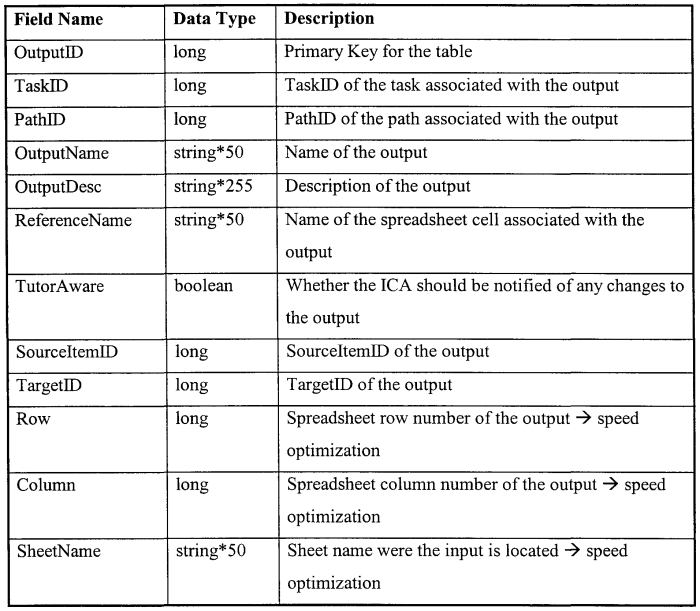
The Cell City Project is a hands-on learning activity that allows students to explore the structure and function of a cell by creating a model of a city. In this project, students assign different organelles of a cell to different parts of a city, such as the nucleus to the city hall or the mitochondria to the power plant.
There are many different types of cell cities, depending on the creativity of the students. Some popular examples include:
- Animal cell cities
- Plant cell cities
- Bacterial cell cities
Creating a cell city model has many benefits, including:
- It helps students to visualize the structure of a cell.
- It helps students to understand the function of different organelles.
- It helps students to develop their creativity and problem-solving skills.
- Nucleus:City hall, where the city’s government and administration are located.
- Cytoplasm:City streets, where people and vehicles move around.
- Cell membrane:City walls, which protect the city from the outside world.
- Mitochondria:Power plants, which generate energy for the city.
- Endoplasmic reticulum:Transportation system, which moves materials around the city.
- Golgi apparatus:Post office, which sorts and packages materials for delivery.
- Lysosomes:Recycling centers, which break down waste and recycle it into useful materials.
- Ribosomes:Factories, which produce proteins for the city.
- Large cardboard or foam board
- Markers, crayons, or paint
- Scissors
- Glue
- Construction paper or other materials to represent different organelles
- Start by drawing a large circle on the cardboard or foam board. This will be the cell membrane.
- Next, draw or glue on the different organelles inside the cell. Use the table below to help you decide how to represent each organelle.
- Once you have all of the organelles in place, add labels to each one so that you can easily identify them.
- Finally, add any other details that you want to your cell city model, such as a nucleus, cytoplasm, or ribosomes.
- Science:The project reinforces students’ understanding of cell biology, including cell structure, organelles, and their functions.
- Art:Students engage in creative expression by designing and constructing their cell city models, fostering their artistic abilities and spatial reasoning.
- Technology:If applicable, students may utilize digital tools to enhance their models, developing their technological literacy and problem-solving skills.
Cell City Analogy
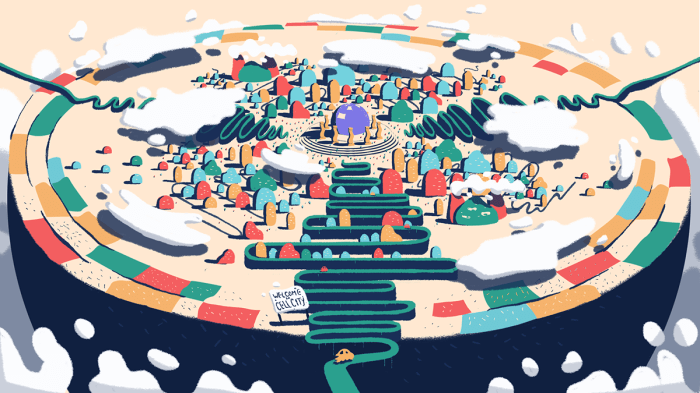
The cell city analogy is a helpful way to understand the structure and function of a cell by comparing it to a city. In this analogy, the cell membrane is like the city walls, the cytoplasm is like the city streets, the nucleus is like the city hall, and the organelles are like the different buildings and structures within the city.
Just as the city walls protect the city from the outside world, the cell membrane protects the cell from its surroundings. The cytoplasm is the jelly-like substance that fills the cell and provides a medium for the organelles to move around.
The nucleus is the control center of the cell and contains the cell’s DNA. The organelles are specialized structures that perform specific functions within the cell, just like the different buildings and structures in a city.
Organelles and Their City Counterparts
Cell Membrane Regulation
The cell membrane is a selectively permeable membrane, which means that it allows some substances to pass through while blocking others. This is important for regulating the movement of materials into and out of the cell. The cell membrane contains proteins that act as channels and pumps, which allow specific substances to pass through.
These proteins can be opened or closed to control the flow of materials.
Creating a Cell City Model
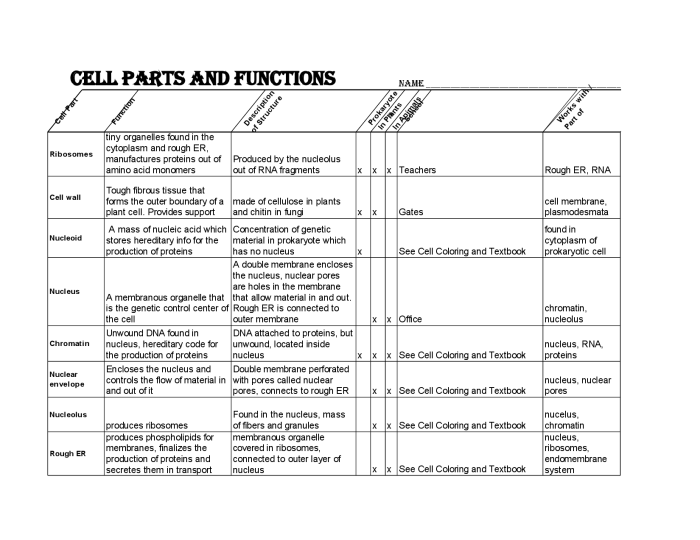
Creating a cell city model is a fun and engaging way to learn about the different organelles and their functions. Here are the step-by-step instructions on how to create your own cell city model:
Materials
Instructions
Organelle Representation
| Organelle | City Counterpart | Representation |
|---|---|---|
| Cell membrane | City wall | Draw a circle on the cardboard or foam board. |
| Nucleus | City hall | Draw a circle or oval in the center of the cell. |
| Cytoplasm | City streets | Fill in the space between the nucleus and the cell membrane with construction paper or paint. |
| Mitochondria | Power plant | Draw or glue on small rectangles or ovals. |
| Ribosomes | Factories | Draw or glue on small dots or circles. |
| Endoplasmic reticulum | Highway system | Draw or glue on a network of lines or tubes. |
| Golgi apparatus | Post office | Draw or glue on a stack of rectangles or ovals. |
| Lysosomes | Recycling center | Draw or glue on small circles or ovals with a cross inside. |
| Vacuoles | Storage warehouses | Draw or glue on large circles or ovals. |
| Chloroplasts | Solar panels | Draw or glue on green circles or ovals. |
Cell City Variations
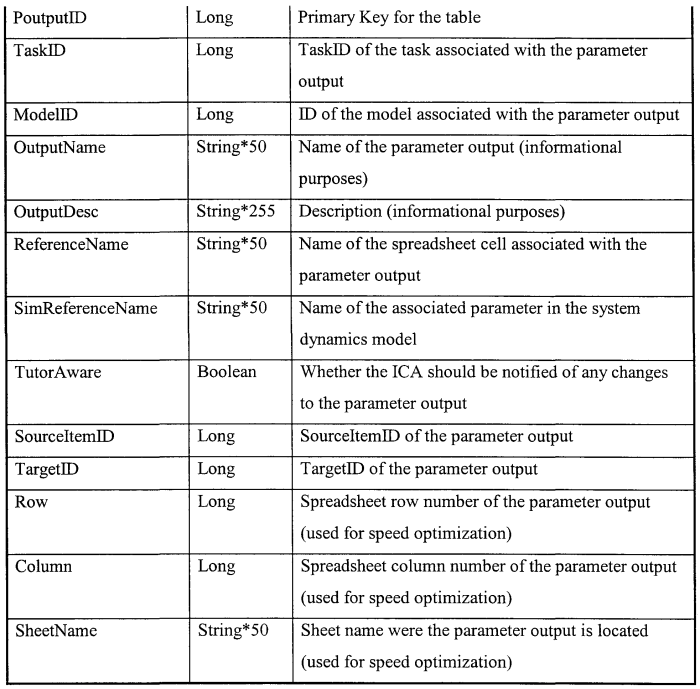
The Cell City Project offers flexibility for diverse learning styles and can be tailored to different grade levels. Incorporating edible materials or integrating technology can enhance the project’s appeal and effectiveness.
The cell city project answer key provides a comprehensive guide to understanding the intricate workings of a cell. To delve deeper into the complexities of human relationships, explore Amy Tan’s “Two Kinds,” a poignant short story that delves into the intergenerational clash between mother and daughter.
This literary masterpiece illuminates the challenges of identity and the enduring power of familial bonds. Returning to the cell city project answer key, it serves as an invaluable resource for students seeking a thorough understanding of cellular biology.
Edible Cell City models allow students to engage their sense of taste and creativity. Using ingredients like gelatin, candy, and fruit, students can construct edible representations of cell structures. This variation is particularly suitable for younger students and those who enjoy hands-on, interactive learning.
Technology Integration
Technology can enhance the Cell City Project by providing interactive simulations and virtual tours. Virtual reality (VR) and augmented reality (AR) technologies can offer immersive experiences, allowing students to explore the cell in a three-dimensional environment. Interactive simulations enable students to manipulate and observe cellular processes in real-time.
Grade Level Adaptations
The Cell City Project can be adapted to suit different grade levels. For elementary students, the focus can be on basic cell structures and functions. Middle school students can explore more complex cellular processes, such as photosynthesis and cellular respiration.
High school students can delve into advanced topics like cell division and genetic engineering.
Educational Value
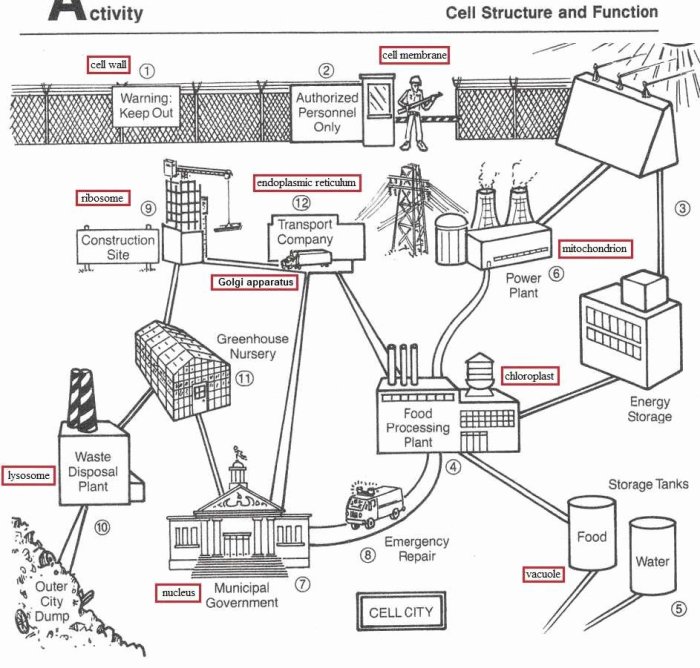
The Cell City Project is a valuable educational tool that enhances students’ understanding of cell structure and function. It employs an engaging and creative approach, fostering a deeper comprehension of complex biological concepts.
Through this project, students construct a model of a cell, representing its various organelles as different structures and spaces within a city. This analogy helps them visualize and comprehend the intricate organization and functions of a cell.
Interdisciplinary Connections, Cell city project answer key
The Cell City Project fosters interdisciplinary connections, bridging science, art, and technology.
Quick FAQs: Cell City Project Answer Key
What materials are essential for creating a Cell City model?
Common materials include cardboard, construction paper, markers, paint, and various craft supplies to represent different organelles.
How can I make my Cell City model stand out?
Incorporate creative elements, such as using edible materials, adding interactive features, or employing technology to enhance the learning experience.
What are the key takeaways from the Cell City Project?
Students gain a deeper understanding of cell structure and function, appreciate the interconnections between science, art, and technology, and develop critical thinking and problem-solving skills.